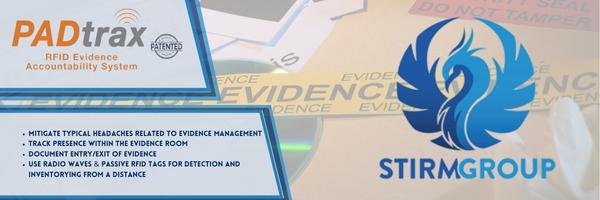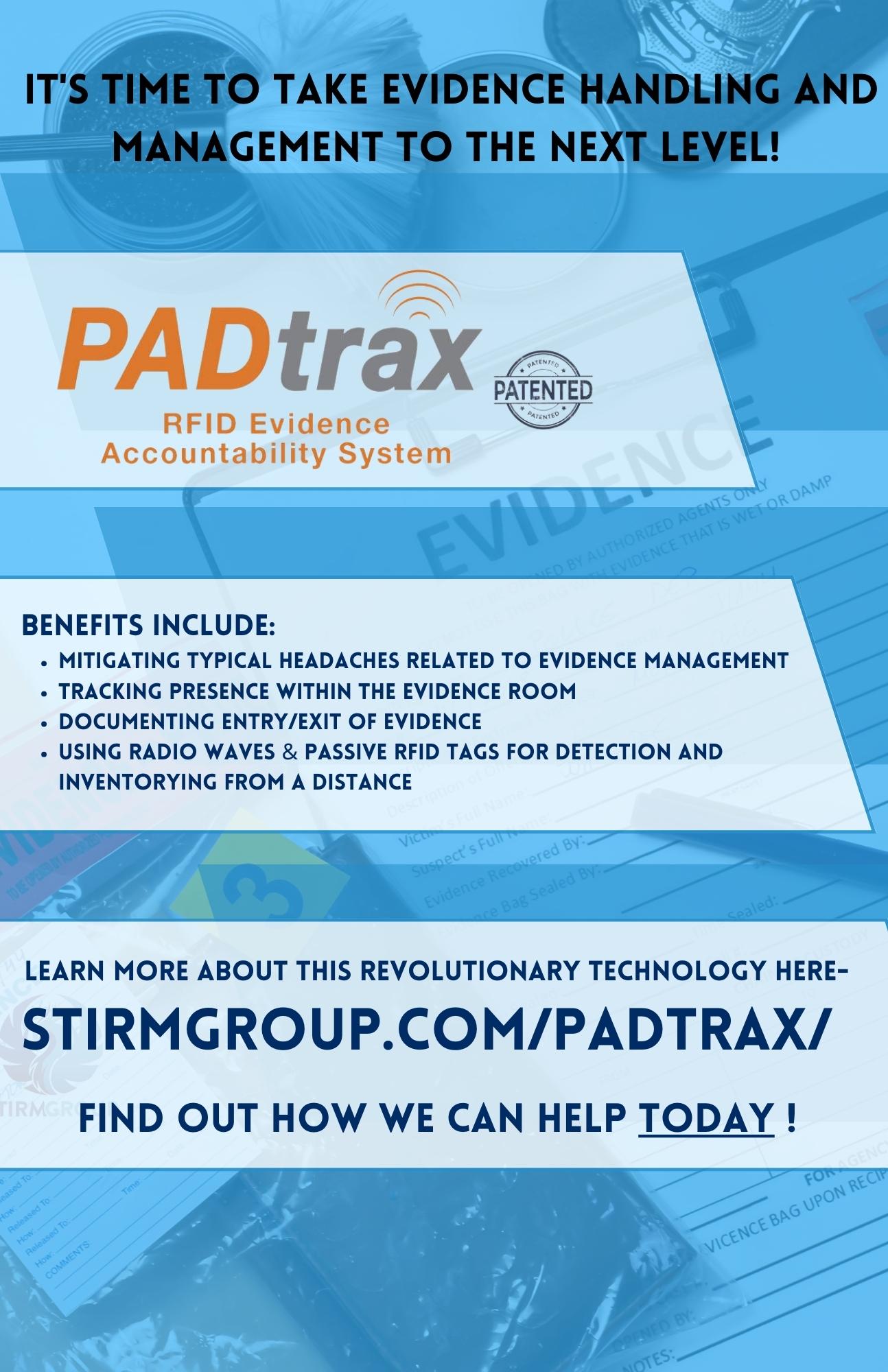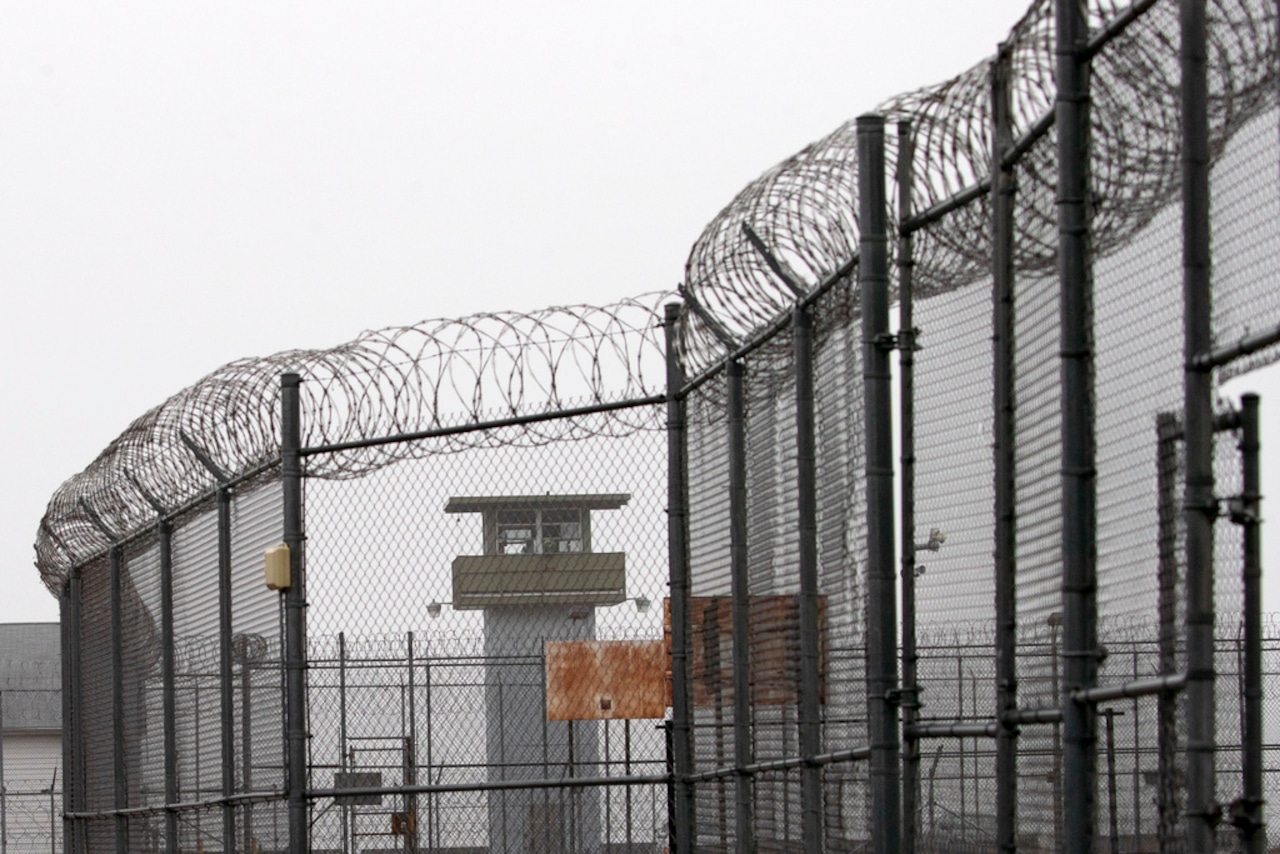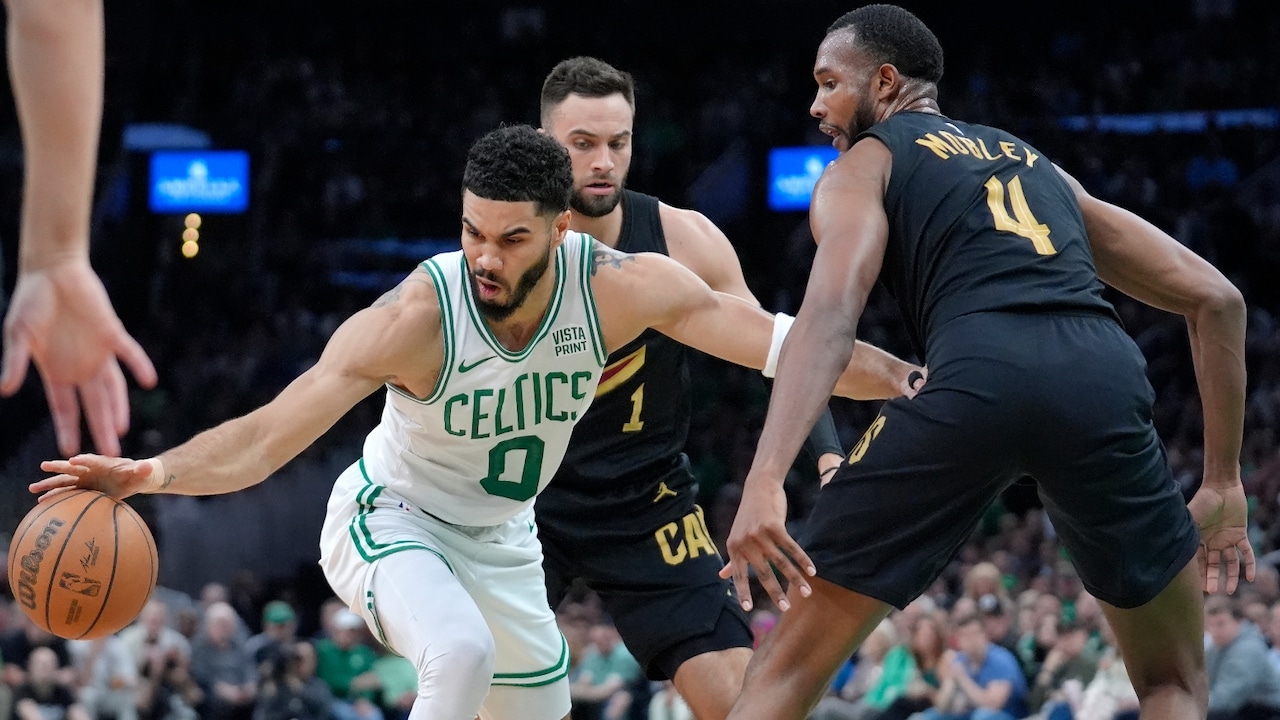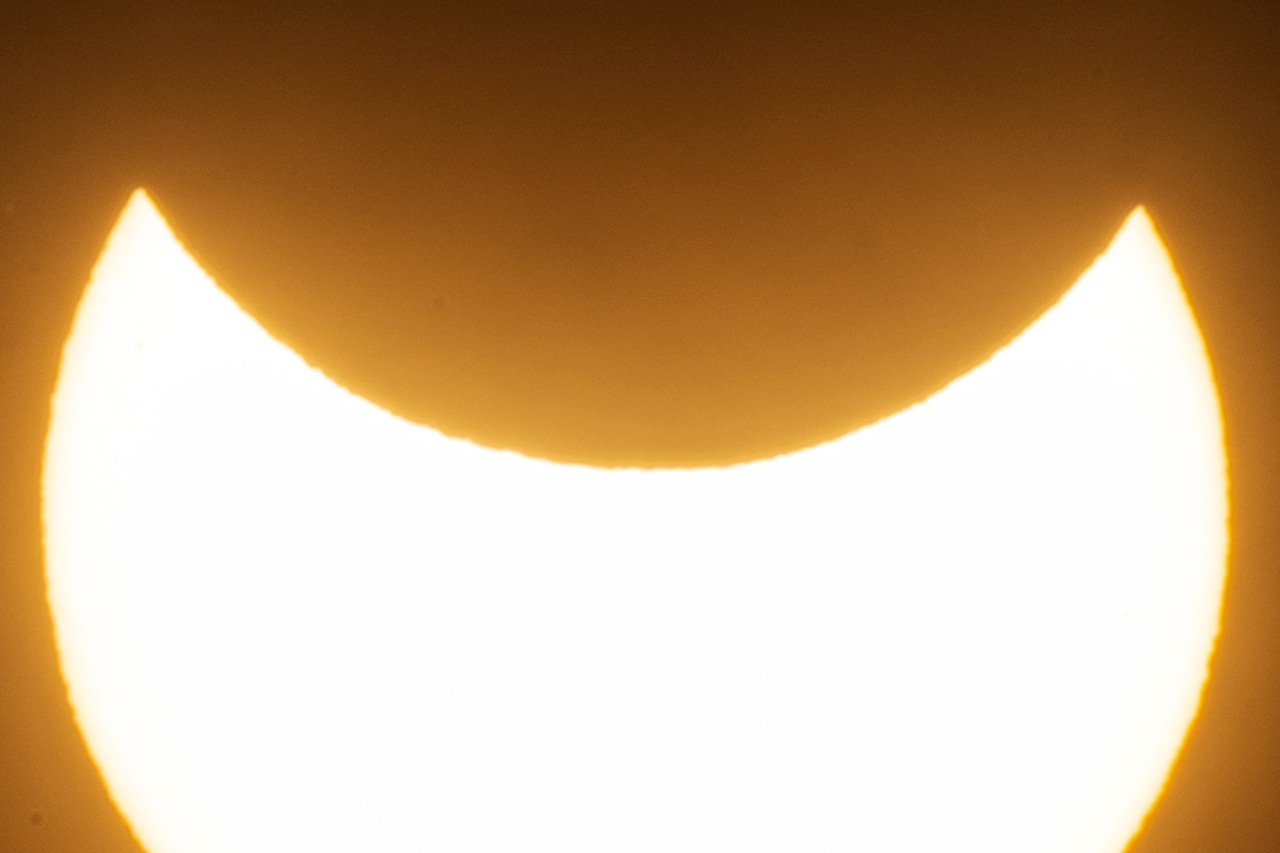
Less than a year after the world collectively looked up at a total solar eclipse in the daytime sky, another solar eclipse is about to make the sun appear as though someone took a bite out of it.
However, this eclipse will not completely block out the sun, as it will be a partial solar eclipse. On Saturday, March 29, the moon is on track to partially block out the sun as it passes between the star and Earth, and cast a shadow on the blue planet, according to NASA.
The moon’s shadow should land primarily over the Northern Hemisphere, with northeastern North America, Europe, Africa, northern Asia, all of Greenland and Iceland, much of the Atlantic and Arctic oceans, and even a small part of South America, all able to see it, weather pending, the space agency stated.
As this event happens, the timing of when to see the partial eclipse varies. In Massachusetts, Boston should expect the eclipse to start before the sun rises at 6:31 a.m., NASA explained. Seven minutes later, with the sun now partially visible, the partial solar eclipse should reach its peak before it ends at 7:07 a.m.
Times slightly differ for Worcester and Springfield, according to Time and Date. For both cities, the eclipse starts at 5:24 a.m., before sunrise. Then there’s a two-minute difference for when it peaks, 6:38 a.m. in Worcester and 6:40 a.m. in Springfield. Like for Boston, the eclipse should end at 7:07 a.m.
Compared with other cities on the East Coast, Boston should be second to Maine in terms of how much of the sun is blocked by the moon, the space agency said. The Bay State’s capital should see 43% of the sun obstructed, while in Portland, Maine it should be 64% blocked.
To the north and across the Atlantic Ocean there should be higher percentages of obstruction, specifically in Halifax and St. John’s, Canada (both 83%), Nuuk, Greenland (87%), and Reykjavik, Iceland (68%), according to NASA.
Nowhere on Earth will there be a place that sees 100% obstruction, or totality, as the center of the moon’s shadow is not expected to land on Earth’s surface, astronomers said. But that does not mean there’s less of a risk when looking at the eclipse. NASA urges people to wear “proper eye protection or an indirect viewing method to protect their eyes.”
If people are unable to see the eclipse due to weather or any other reason, livestreams will be available for viewing. Time and Date will stream the eclipse on its YouTube channel beginning at 5:30 a.m. London’s Royal Observatory Greenwich will also offer a livestream on YouTube that should begin streaming at 6 a.m.

